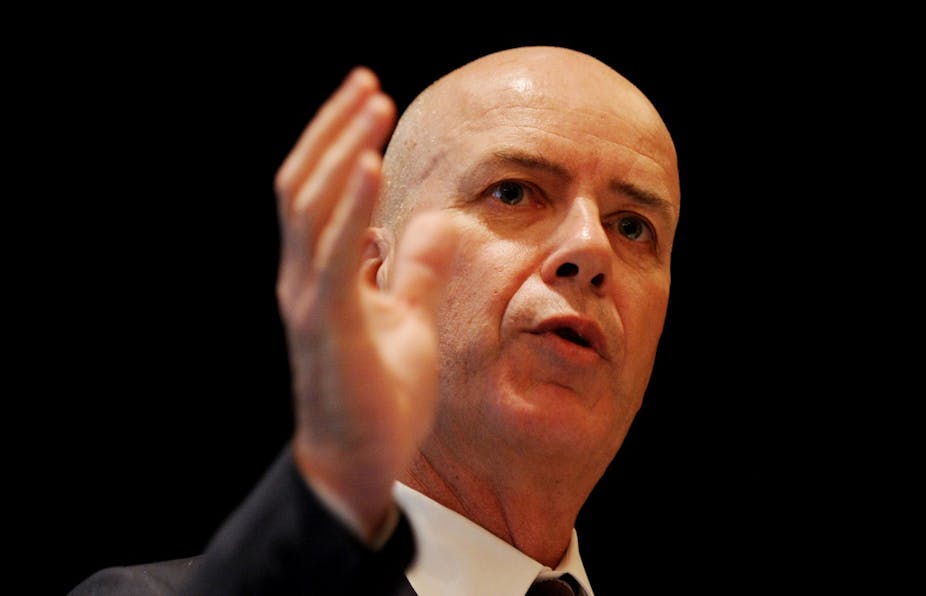Fairfax Media’s full-year results are out, and they confirm at least one thing: the company is still a digital media wannabe. Its digital first strategy is yet to deliver, with the company still heavily reliant on print income.
In financial year 2014, the total revenue of Fairfax’s Metropolitan Media, which includes The Sydney Morning Herald and The Age, was A$803 million. Newspaper print advertising made A$367 million, print circulation A$204 million of metro media’s total revenue.
Here is another fact. In 2014 Fairfax made A$24 million out of paywalls implemented by The Sydney Morning Herald, The Age and The Australian Financial Review. In 2014, the revenue from digital-only subscriptions represented 2.98% of the total revenue of Fairfax’s Metropolitan Media, and 1.98% of Fairfax’s total revenue.
The numbers suggests Fairfax is still far from being a truly digital media company. Still around 71% of Metropolitan Media’s revenue is derived from print products. Therefore it is alarming that the print advertising revenue of the unit shrunk 24% in 2014 year-on-year.
The company’s top line net profit of $224 million benefited significantly from the sale of holiday rental booking site Stayz in December last year.
New Zealand revenues were down 5.4%, while Australian Community Media fell 14.4% and radio revenues were down 6%.
Paywalls contribute 2% to total revenue
Fairfax introduced a metered paywall in July 2013, with readers asked to pay after reaching a limit of 30 stories.
In a market statement Fairfax CEO Greg Hywood said the papers in question were making “an increasingly significant contribution” to the company’s revenue. I dare to disagree. It is safe to say that Fairfax’s digital subscriptions at the current levels will not guarantee a bright digital future for the company.
On a more positive note, the digital only subscription numbers are up for The Sydney Morning Herald and The Age. In August 2014, The SMH and The Age had 140,000 digital-only subscribers and 111,000 print subscribers who have taken up the digital access. In 2013 Fairfax announced that it had 68,000 paid digital-only subscriptions and 98,000 bundled print and digital subscriptions.
Based on these numbers, the number of digital-only subscribers for the two papers would have grown 105% in a year. That is quite remarkable if it is true.
Digital first, print last?
Fairfax introduced its “digital first” strategy in 2012. The strategy has included transformation of newsrooms, introduction of compact-format newspapers and digital subscriptions for its mastheads. In a staff information pack at the time the company outlined that “we will think and act digital first”, and stated that “all platforms are not equal: a focus on our digital future is our priority”.
The Australian suggested on Thursday that Fairfax has pushed ahead with its digital strategy way too soon. Journalist Darren Davidson stated:
“It is becoming all too clear that deliberately pulling back from print has expedited its demise making the common refrain ‘print is dead’ a self-fulfilling prophecy.”
It is hard to disagree with this view.
On the other hand, there are signs the company’s management is aware print is still alive.
During a webcast for analysts Hywood commented that:
“ The most expensive way to get your journalism is through printed products… people who want their newspaper want their newspaper.”
Hywood also stated that even though the print circulation had fallen, the printed newspaper is “a higher yield product than it’s been in the past.” Some other news giants including The New York Times have recently come to the same realisation.

